This chest shows the characteristics of those European emblazoned models of its period, with rectangular bodies and raised, stepped lid. All four sides, as well as the upper lid, are covered in a profusion of grotesque, pictorial, and heraldic decorative elements. This casket incorporates two oil-painted panels showing symbolizingthe triumph of life and medical healing over illness and death. The rear panel depicts a celebration of Saint George as a symbol of one of the Church's Holy Helpers triumphing and healing over heresy and the pestilence.
front panel showing Two physicians aiding a noblewoman who shows leg amputation by administering medication and studying the patient’s urine, respectively.
Renaissance Medical Casket with stepped lid and vaulted flanked dome. Polychrome and gilded wood. Spanish workshop, circa 1550. Rearview.
For those who could afford them, there were renowned workshops and artists that could be called on for commissions involving exquisitely decorated furnishings for civil or devotional use. Not all the citizens were in a position to purchase sophisticated furniture, much less aspire to said objects also being intended to produce aesthetic delight, the purpose of which also lay in bestowing symbolic value and elite status.In the 15th century, St. George (natal day April, the 12th) was included among the "14 Holy Helpers," saints to whom the faithful were encouraged to pray for succour. The passions of many of these saints end with their asking God to grant special protection to those who pray in their name. That selflessness, signify the triumph of good over evil/pestilence. Which could hereby be exemplified throughout the lady’s ill body.
These depictions, combined with the fact that the front and rear panel depict curation and healing scenery showing up to two physicians respectively, clearly indicate that this casket held medical utensils.
Detail; domed and beveled concave flanks ornated with four coats of arms.
By displaying carved heraldic crests, the commission of furniture became public and remained notorious. With the result of obvious direct advertising desirable maximum for the chosen workshop. The creation of new furnishings and decorations that expressed the dynastic and political aspirations of the families that commissioned and purchased them was paramount.
The present casket, of perfect proportions and very well-preserved for four centuries, stands out as one of the rarest we have seen in a small group of such boxes, probably originating from the Casssettas in Italy, and which are a testament to the Renaissance’s fascination with all things ‘antique’. Adorned with grotesques, royal armorial bearings, and classical motifs, such a box would have been prized by the high nobility, humanists, and connoisseurs. The frieze running along the front, side, and rear shows winged cherubs, shells, and heraldic lilies, or fleur-de-lys. All overthe object, the raised relief resembles that of the pastiglia caskets which were extremely fashionable in Italy and Europe until 1550, with members of aristocratic families owning several examples in their collections.The heraldic symbols in our casket provide a hypothesis as to the exact origin of the work, which provides certainty regarding the said origin and beyond; of individual filiation of the highest probability only possible.
The casket is ornamented with up to 6 fullraisedgilt workcoats or arms and 10 heraldic figuresthroughout,
Up to three ancient arms of Castile (two on each flank of thebeveled raised lid, respectively, and one on the right-side panel) and further three ancient of France are displayed on the casket. But beyond that heraldry-inspired ornamentation, which in fact could be just casual or random, there is a unique armorial coincidence or match.
The casket’s armorial adornment clearly shows the full arms of the Royal House and the Kingdom of Castile, as well as those of the Royal House and the Kingdom of France, both plain and in antique fashion. This fact implies a unique and very distinguishable armorial exception. In sucha way that we would even affirm that it implies a heraldic and thus armorial exceptionality. We will try to therefore highlight the latter below.
HERALDIC ANALYSIS
ARMORIAL EXCEPTIONALITY.
On its right-side flank and well as on both front and rear-sides of the domed lid, the casket shows the ancient Royal Arms of France;domed lid with ARenaissance-style shaped coat of arms entirely matching those of the Royal Capetian House of France; “Azur, three fleurs-de-lys"
Detail: right-side flank of the casket showing the coat of arms of the Royal House of Francesuspended by a ribbon„On azur (blue), three fleurs-de-lys, in gold“ (as described in the ancient fashion). The coat of arms appears encircled by a laurel wreath– attributes of both triumph/ victory, and peace in plain ornamental Renaissance style.
right-side flank of the casket showing the coat of arms of
the Maison Royale de France suspended by a ribbon.
On its left-side flank and well as on both sides the domed lid, the casket shows the ancient royal arms of Castile
Quartered canting arms of Castile and Leon. The Castle which devised the Kingdom of Castile and the Lion for the Leonese kingdom.
Detail; the arms of the Royal House of Castile quartered arms as a symbol of the 1230 union; the lion rampant purpure, langued and armed gules appears uncrowned, as it was beared by the house of Lacerda between 1379 and 1711.
The fact that the armorial lions depicted on this casket and the royal lions historically belonging to the House of Lacerda’s arms are depicted equally without Crown, is substantial proof of this item personally linked to some individual belonging to that princely House.
Prince Don Ferdinand of La Cerda (1270–1333)would die nine years before his own father King Alfonso X of Castile, The origin of the lineage stems from his son Prince Alfonso de La Cerda son of the deceased heir to the throne, King Alfonso X always stated his successor was to be his grandson Alfonso de la Cerda, instead of his second son, Infante Sancho. This motivated Sancho to revolt against his father. After a long civil war, Sancho was finally crowned. Following an unsuccessful invasion by Aragon and Portugal, a peace settlement removed the Infantes de la Cerda from contention for the Castilian throne. His son, Alfonso de la Cerda, (Valladolid 1270 - Ávila 1333) would be also known as "the Disinherited" .
The arms of the kingdom of France came from his mother, Princess Blanche, daughter of Louis IX the Saint. As has been expressed, the quarters prior to the partition is the investment that Prince Fernando de Lacerda brought. This provision, giving more relevance to France, was disgusting and provocative to the Spanish heraldists, is the one that the infants showed, according to one of themost renowned authoritiesinthefield, the Spanish genealogist, and heraldist Faustino Menéndez-Pidal de Navascués (1924-2019).
Lords of El Puerto de Santa María, of Biscay, Lara, Villafranca, Oropesa, Torrelobatón, Gibraleón, Huelva, Real de Manzanares, Deza and Enciso. Lords of Tafalla and Caparroso, Barons of Lunel, Counts of Talmont, Clermont, Oléron, and Angoulême, Constables of France, Marquises of Cogolludo, Counts and Dukes of Medinaceli, Princes of Fortuna, Infantes of Castille. Among other.
This last aspect is key to the casket’s personal filiation. Only one Spanish lineage belonging to the highest nobility and Grandee used to show the royal arms of France prevailing over the ones of Castile, and those were the Princely House of Lacerda, Dukes of Medinaceli.
This fact was understandably reason for rejection and repudiation for the kings of arms, for a Spanish princely house, descending from the prevailing royal house (Castile) giving the arms of a foreign country (France) what traditionally is called thepride of place on their coat,was understandably infuriating for them. It was widely and permanently known.Thus, the uniqueness of this heraldic or blazon case.
This casket’s heraldic adornment for a fact clearly shows the arms of France alone on its front upper lid flank. It is a clear and unmistakable case of a combined ancient Castile and France heraldry ornated object. This depiction shows, in addition, the ones of France privileged over the ones of Castile. That case can only be the one from the ancient arms oft he House of Lacerda
The double keyhole is visible. The twofold lock, however, isn’t present. The casket’s structure is made of walnut wood, the bottom board appears to be pinewood. The beveled lid is attached to the body of the chest by the original hinges;
The outer polychromy (strata of gesso grosso and gesso mate beneath the paint layers) shows fading in some areas. Gilding is or worn-out and at some areas the ground layer immediately below the gold leaf (this layer can be identified as the bole layer, which provides the adhesion of gold leaf) is visible. However, reasonably time and age-related. Length 42cm Width 32 cm Height 37cm.
All in all its preservation, for a piece of furniture which is at least 450 years old, it's quite fine.
COMPARATIVE LITERATURE
P. M de Winter. A little known creation of Renaissance Decorative Arts: The White Lead Pastiglia Box, Saggi e Memorie di storia dell’arte, 14, 1984, pp. 9-131.
Pastiglia Boxes: Hidden Treasures of the Italian Renaissance from the Collections of the Galleria Nazionale d’Arte Antica, Rome, exh. cat. Lowe Museum of Art, Miami, 2002.
M. Ajmar-Wollheim and F. Dennis (eds.). At Home in Renaissance Italy, London, 2006, p. 108, cat. 153.
Ajmar-Wollheim, Marta, and Flora Denis, eds. At Home in Renaissance Italy. Exhibition catalog. London: Victoria and Albert Museum, 2006.
Barriault, Anne B. Spalliera. Paintings of Renaissance Tuscany: Fables of Poets for Patrician Homes. University Park: Pennsylvania State University Press, 1994.
Currie, Elizabeth. Inside the Renaissance House. London: Victoria and Albert Museum, 2006.
GOÑI, P. (1990).Policromía del Renacimiento en Navarra. Pamplona, Gobierno de Navarra Departamento de Educación, Cultura y Deporte.
HOMMES, M. H. E. (2002).Discoloration in Renaissance and Baroque Oil Paintings. Instructions for Painters, theoretical Concepts, and Scientific Data. PhD thesis, Universiteit van Amsterdam.
LETONA, A. C. L. (2004). Preparaciones, dorados y policromía de los retablos en madera, inRetablos: Técnicas, materiales y procedimientos. Valencia, Grupo Español del IIC, pp. 1-18.
Pardo de Guevara, Eduardo. Manual de heráldica española, Madrid: Edimat libros, 2000.
Menéndez Pidal de Navascués, Faustino. Heráldica Medieval Española, I: La Casa Real de Castilla y León, Hidalguía, Madrid, 1982.
Menéndez Pidal de Navascués, Faustino. Los emblemas heráldicos. Una interpretación histórica, Real Academia de la Historia, Madrid, 1993. ISBN 978845057653
Menéndez Pidal de Navascués, Faustino. Leones y castillos: emblemas heráldicos en España, Madrid, Real Academia de la Historia, 1999.
Masnata y de Quesada, David E. La Casa Real de la Cerda. Estudios Genealógicos y Heráldicos (Madrid: Asociación Española de Estudios Genealógicos y Heráldicos) pp. 169–229), 1985.
Jan Raneke.Bergshammarvapenboken – en medeltidsheraldisk studie(Lund, 1975).
Clemmensen’sEditing armorials. Cooperation, knowledge and approach by late medieval practitioners(Copenhagen, 2017).













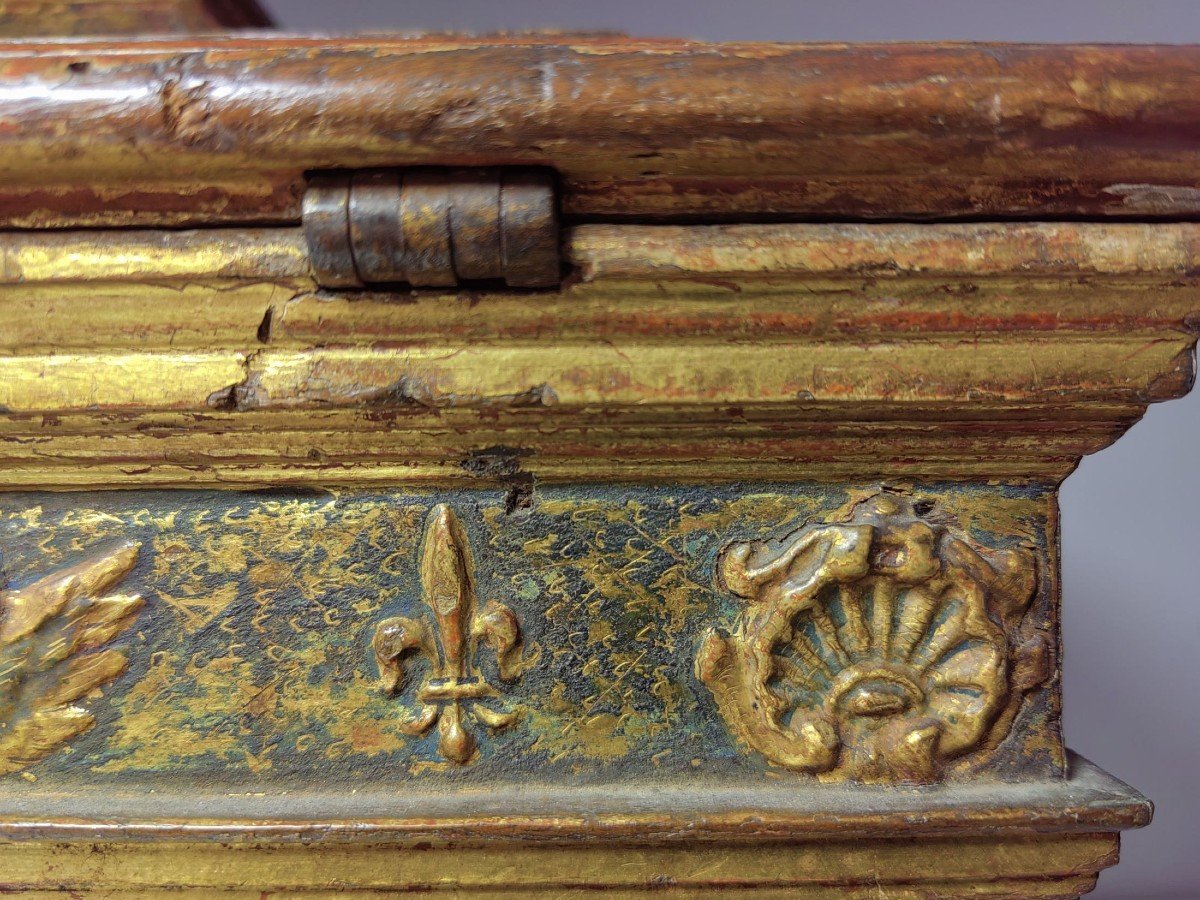





















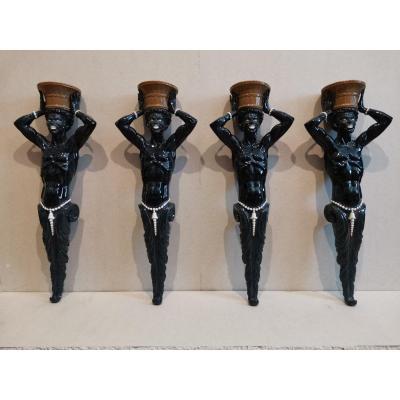
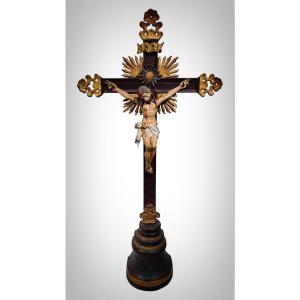



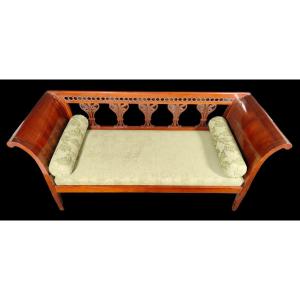

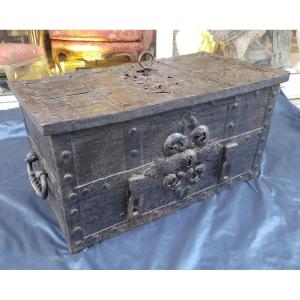


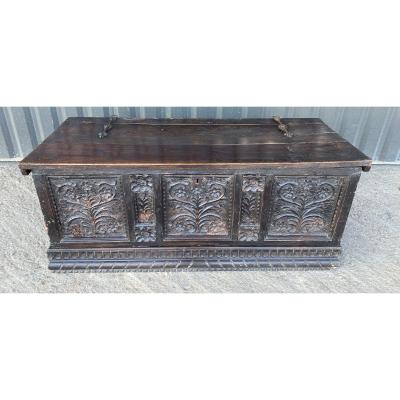




 Le Magazine de PROANTIC
Le Magazine de PROANTIC TRÉSORS Magazine
TRÉSORS Magazine Rivista Artiquariato
Rivista Artiquariato